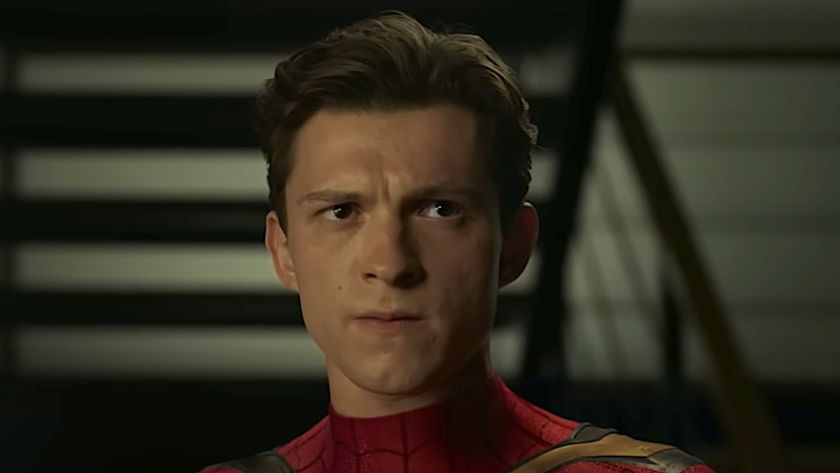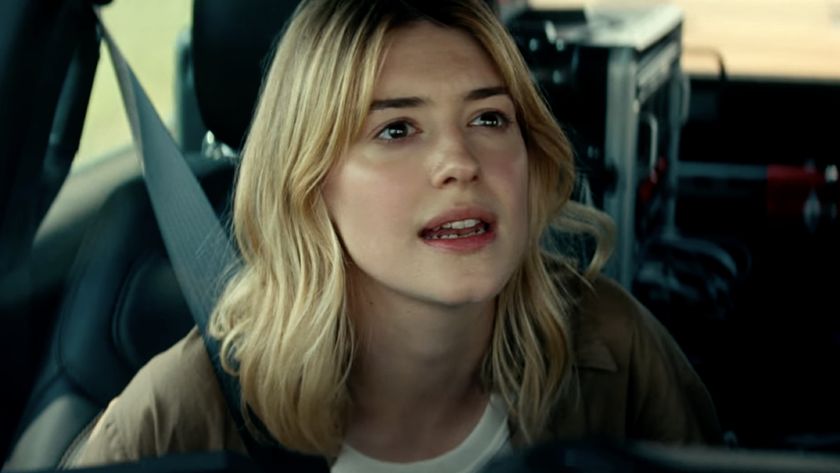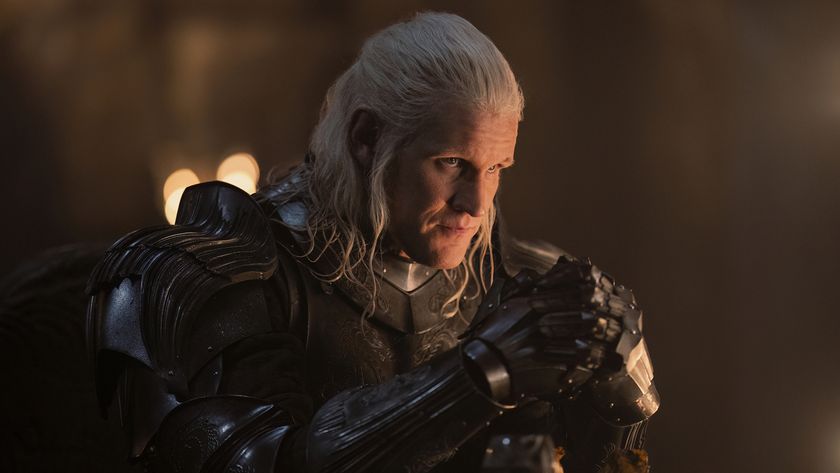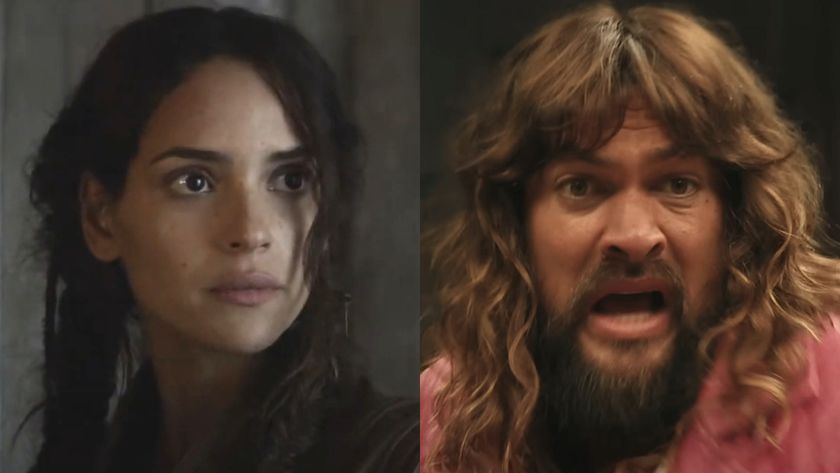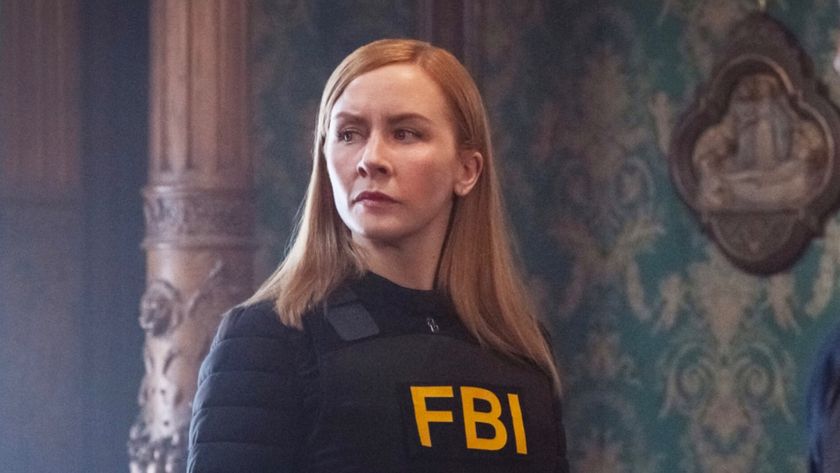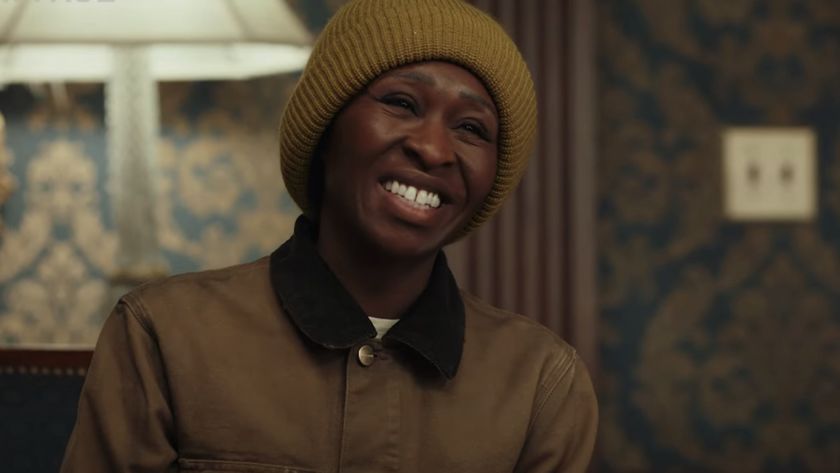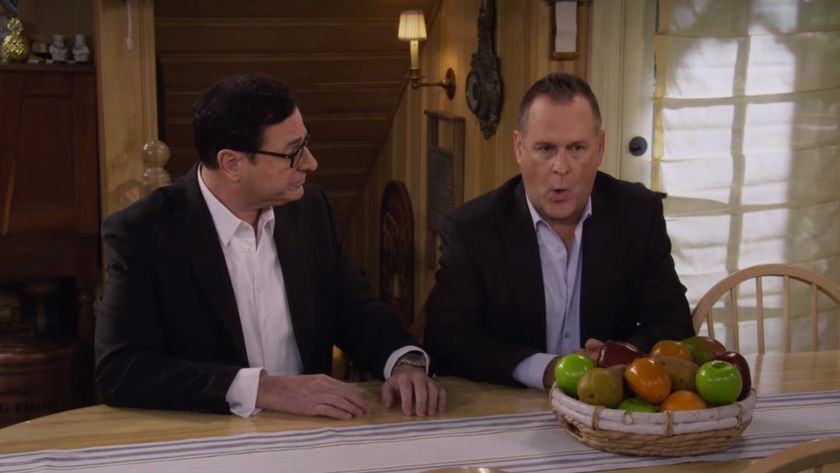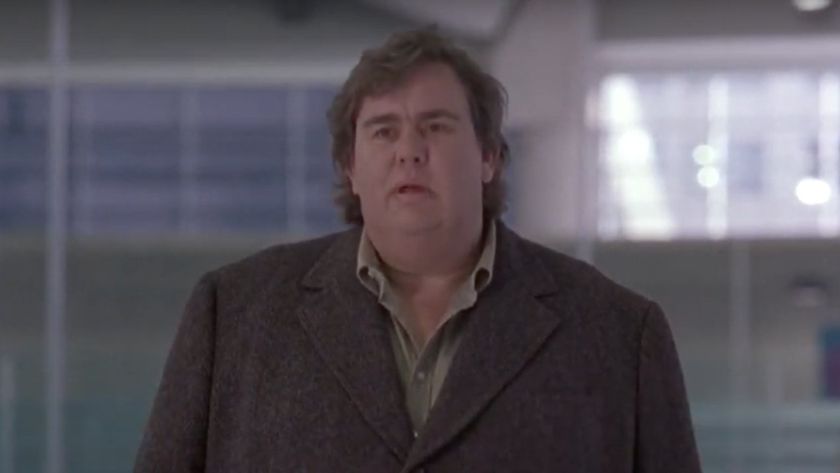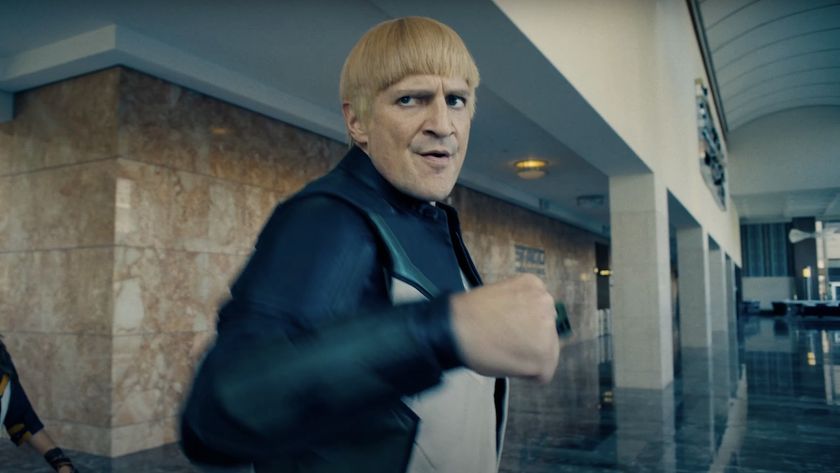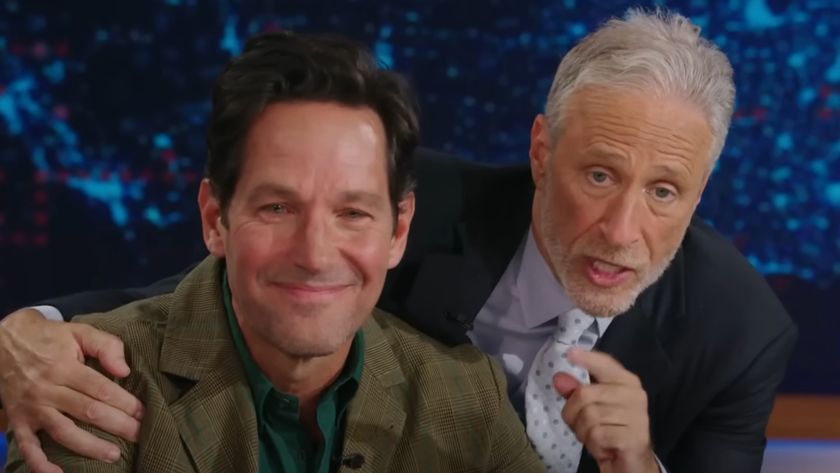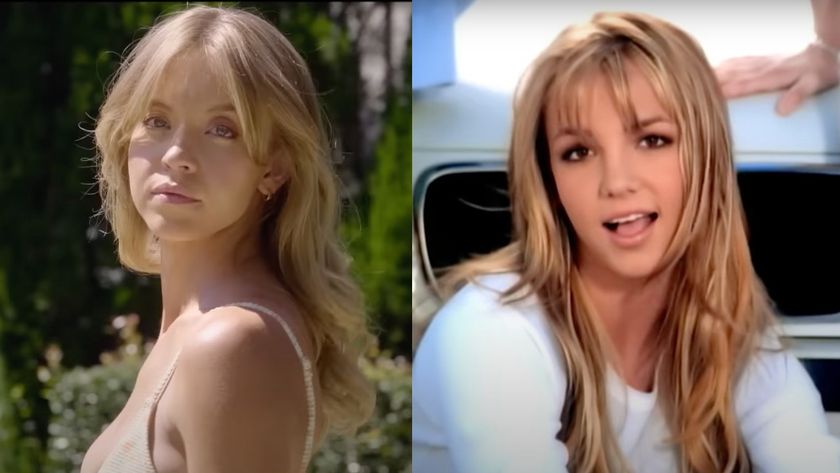Why Spider-Man Absolutely Needed A Reboot

Why are they rebooting Spider-Man?
It was one of the first questions heard ‘round the Internet when it was revealed that Sony planned to go back to the drawing board and restart Marvel’s wall-crawling hero for The Amazing Spider-Man. Do audiences need to see the origin again? Do they want to? Only five years have passed since Sam Raimi and Tobey Maguire swung through multiplexes with Spider-Man 3. Is a reboot even necessary?
Yes. A reboot was absolutely necessary. But there’s a short explanation and a long explanation as to why.
The short answer is this: A reboot of the Spider-Man franchise is necessary is because Raimi so thoroughly fucked the franchise with his third and (thankfully) final chapter that Sony had nowhere to go but back to the beginning. Any storyteller trying to build on the cracked foundation Raimi left behind could see he’d painted Spider-Man into too many corners.
Most of the major characters in Spider-Man’s universe were too badly damaged by Raimi’s poor plotting. Mary Jane Watson had played herself out as a viable love interest. You couldn’t use Gwen Stacey, for the director completely wasted her as a throwaway supporting character introduced as a love interest for Eddie Brock. (Seriously, WTF?) From an adversary perspective, the most noteworthy villains – from Green Goblin to Doctor Octopus – had been used up. Venom, Spidey’s most ferocious contemporary nemesis, had been reduced to Topher Grace in bad dentures. And Raimi so haphazardly altered Spidey’s mythology – Sandman killed Uncle Ben! Harry Osborn rides a snowboard, and is Spider-Man’s ally! – that nothing made sense anymore.
A fourth Spider-Man building on the material left in Raimi’s wake would have been worse than Spider-Man 3, if you could even imagine such a thing. A reboot was completely necessary.
Here’s the longer explanation: Webb, his screenwriters (led by James Vanderbilt’s initial plot structure) and Sony as a whole have a new universe in mind, a different Spider-Man “sandbox” in which fans are asked to play, and in order to make this new story work, the origin had to be retold … with subtle differences.
CINEMABLEND NEWSLETTER
Your Daily Blend of Entertainment News
From here on out, I’m going to talk about The Amazing Spider-Man in detail. Most of this can be gleaned from the film’s promotional materials, but if you want to go into Webb’s movie clean, STOP reading now and come back later.

Still with me? Here’s the biggest change: The “big bad” in this new Spider-Man mythology isn’t the Lizard, though Dr. Curt Connors is Spidey’s nemesis on screen. No, the “big bad” (using a Joss Whedon term for the Buffy villain whose actions indirectly affected each entire season) is Norman Osborn.
We never see Norman. Several characters talk about him – and I’d advise you to listen closely to their conversations about Norman, for they greatly inform this film and the sequel that will follow. And Osborn’s company, Oscorp, is the Dark Tower at the heart of this story. So much of what’s new about this telling of the Spider-Man story directly relates to Oscorp that it makes sense to have to retell the origin through the prism of this new entity. Peter is bitten by the radioactive spider in Oscorp. His parents – whose disappearance drive this narrative – worked for Norman and fled when Oscorp pushed them to betray their scientific values. Oscorp is the one ring that rules this new Spider-Man franchise. And if the Green Goblin isn’t the main villain in the Spider-Man sequel, I’ll eat my son’s Spider-Man costume.
“But it’s just the origin story all over again!” Yes, I understand that. But Spider-Man fans don’t mind, especially when it’s told through an alternate lens. One of the best comics I’ve read in the past few years was J. Michael Straczynski’s The Amazing Spider-Man No. 500. An anniversary issues, it transported present-day Spider-Man to all of the benchmark moments from his past, forcing him to relive each one more time … and triumph, even as he grew more exhausted following each battle. The issue allowed us to revisit the seminal chapters in Spider-Man’s rich history, and never once did I feel, “Bah, we saw this already!” The moments were part of a different narrative quilt, and it was exhilarating to be able to see them from a fresh perspective, all over again.
That’s what Marc Webb’s The Amazing Spider-Man is, to me. A fresh perspective. It’s another artist taking a stab at a classic character. And I adore it. There are subtle creative differences, but the joy comes in absorbing the nuances of this alternate Spider-Man universe. Some think Steve Ditko’s version is Spider-Man. Others prefer John Romita Sr., Todd McFarlane or even Brian Michael Bendis. But they’re all drawing our beloved Spider-Man, who’s back on screen in a thrilling new adventure. And that’s reason to celebrate.

Sean O’Connell is a journalist and CinemaBlend’s Managing Editor. Having been with the site since 2011, Sean interviewed myriad directors, actors and producers, and created ReelBlend, which he proudly cohosts with Jake Hamilton and Kevin McCarthy. And he's the author of RELEASE THE SNYDER CUT, the Spider-Man history book WITH GREAT POWER, and an upcoming book about Bruce Willis.
